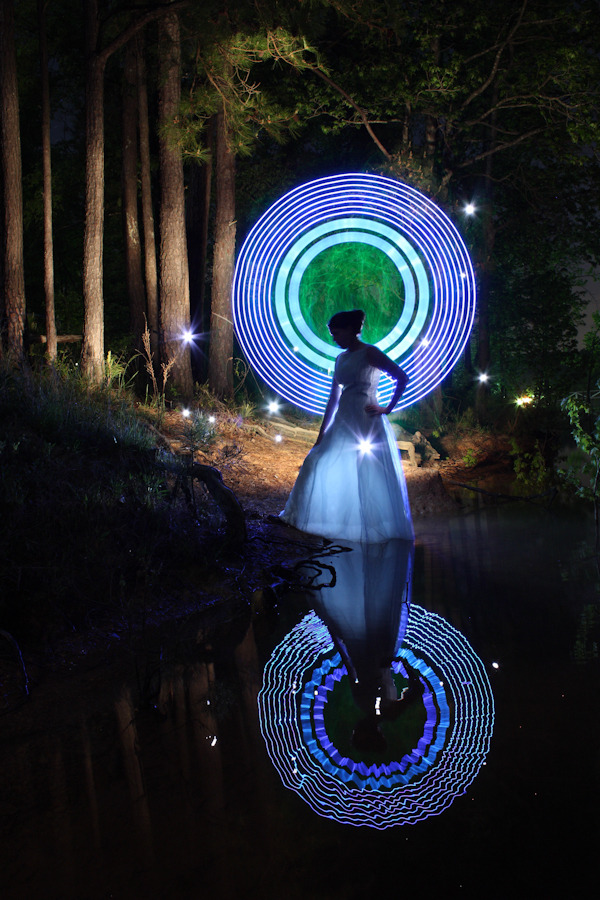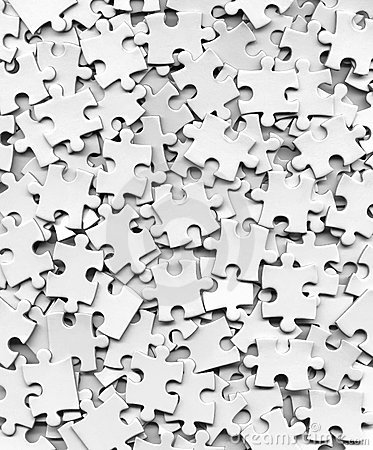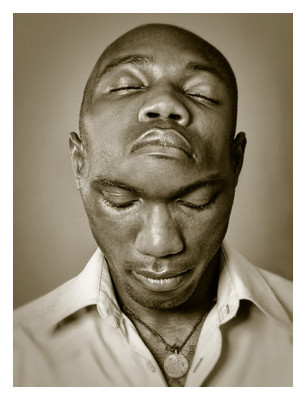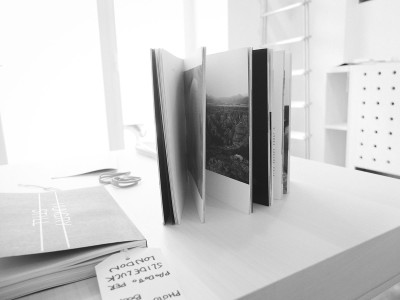Dannis Calver e i giochi di luce
 ©Dannis Calver
©Dannis Calver
Dannis Calver è un fotografo molto particolare, basa la sua fotografia sui giochi di luce, utilizzando come tecnica fotografica il light painting.
Questa tecnica fotografica si basa sull’utilizzo di tempi di posa lunghi e l’uso di luci direttamente puntate in macchina. Solitamente nel light painting si utilizzano torce, laser, led, fonti di illuminazione puntiforme che il soggetto accende e punta direttamente in macchina durante il tempo di esposizione. Muovendo tali fonti di illuminazione (o variandole, ecc) è possibile dare vita ad un “disegno di luce” che rimarrà fotoimpresso sul sensore, dando vita ad un’immagine del tutto surreale.
Dannis oltre a servirsi di luci led o torce, fa uso di oggetti più complessi da gestire come girandole e fuochi d’artificio, mettendosi spesso in pericolo da solo in quanto in ambienti completamente bui o poco illuminati è facile trovarsi in difficoltà nel momento che qualcosa sfugga al controllo, inoltre i posti scelti per i vari shooting spesso sono isolati, abbandonati e pieni di insidie come ferri vecchi, macerie, erbacce, quindi tutto diventa molto più complesso da gestire, ma sicuramente è proprio questo uso estremo della tecnica al limite delle capacità e sul filo del pericolo a rendere sempre i suoi scatti interessanti e pieni di energia creativa
Dennis basa tutta la sua fotografia sull’utilizzo complesso di questa tecnica fotografica dando origine a veri e propri tableau vivant.
Molti artisti utilizzano tale tecnica nei modi più disparati, alcuni la utilizzano per dare vita a delle immagini di still-life dai toni caravaggeschi, puntando la luce, non direttamente in macchina, in un ambiente completamente buio e privo di altre fonti di illuminazione, disegnando così la luce con la torcia direttamente sul soggetto.
Per l’utilizzo corretto di questa tecnica ovviamente è richiesto l’uso del cavalletto fotografico, e di un telecomando a controllo remoto in quanto i tempi di esposizione molto spesso superano i 30s (posa Bulb o Time). Un’altra grossa difficoltà che si incontra in questo tipo di tecnica fotografica è sulla messa a fuoco del soggetto, in quanto, di solito, si lavora in condizioni di scarsa luminosità e in controluce. Questi due fattori rendono la fase di messa a fuoco molto lenta e laboriosa in quanto è necessario prestare molta attenzione e non lasciare nulla al caso. è consigliato pertanto l’uso della messa a fuoco manuale in modo che non vari da sola nel momento della fase di scatto.
Altro trucchetto per un controllo perfetto della luce di painting è l’uso del diaframma, la scelta della sua apertura determinerà l’ampiezza della “penna luminosa” cioè il tratto della fonte di luce. A parità di fonte luminose (ad esempio una torcia led) se utilizzassimo un diaframma più aperto otterremo un tratto luminoso più ampio, mentre con un diaframma più chiuso uno molto più sottile (ovviamente è preferibile utilizzare un diaframma chiuso anche per poter controllare meglio l’illuminazione ambiente dato che per necessità dovremo usare già tempi di posa molto lunghi).
Lavorare con questa tecnica da sempre risultati molto interessanti, creativi e soddisfacenti,m in quanto non è una tecnica estremamente complessa, e con poco sforzo si riesce ad ottenere sempre un risultato abbastanza soddisfacente e visivamente interessante 😉
qui un link di un esempio di una sua performance 😉 http://vimeo.com/39917214
Dennis Calver is a very special photographer, based his photograph on the play of light, using the light painting technique.
This technique is based on using slow shutter speeds and the use of lights directly bets in the car. Usually in light painting using torches, laser, LED, point light sources that light up the subject and points directly in the car during the exposure time. Moving these light sources (or varying them, etc.) can give rise to a “drawing with light” that will fotoimpresso on the sensor, creating an image of the whole surreal.
Dennis as well as use of LED lights or flashlights, makes use of more complex objects to be managed as windmills and fireworks, often putting himself in danger yourself, as in completely dark environments or in dim lighting is easy to get into difficulties when something beyond the control also places chosen for the various shooting are often isolated, abandoned and full of pitfalls as old iron, rubble, weeds, then everything becomes much more difficult to manage, but surely it is this extreme use of the technique to the limit of capacity and on the edge of danger to make his shots always interesting and full of creative energy
Dennis bases all its complex picture using this technique giving rise to real tableau vivant.
Many artists use this technique in many different ways, some use it to create pictures of still-life tones Caravaggio, aiming the light, not directly on the machine, in a completely dark and no other lighting sources, drawing so the light with the torch directly on the subject.
For a correct use of this technique is obviously required the use of photographic tripod, and a remote control to remote control because the exposure times often exceed the 30s (bulb exposures or Time). Another major difficulty encountered in this kind of photographic technique is the focus of the subject, because, usually, it works in low light and backlight. These two factors make the step to focus very slow and laborious because you need to be very careful and do not leave anything to chance. is recommended, therefore, the use of manual focus so that it does not vary from one phase in the time of shutter release.
Another trick for a perfect control of the light of painting is the use of the diaphragm, the choice of its opening will determine the width of the “light pen” that is, the portion of the light source. At constant light source (such as a LED torch) if we use a larger aperture will get a sudden bright wider, while a smaller aperture with a much more subtle (of course it is preferable to use a small aperture also to better control ’ ambient lighting since we need to use very long exposure times already).
Working with this technique always results very interesting, creative and satisfying, m because it is a technical and complex, and with little effort you can not always get a result quite satisfactory and visually interesting 😉
a link of an example of a his performance 😉 http://vimeo.com/39917214



